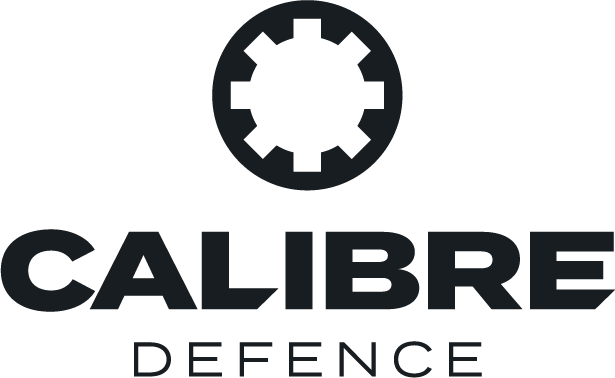Kraken presents modified K3 Scout
The UK’s Kraken, a manufacturer of autonomous surface vessels presented a modified variant of its K3 Scout at the SOF Week exhibition, which was held in Tampa Florida from the 5th to the 8th May. During the show, the K3 was used in a live demonstration, showcasing its manoeuvrability in a crewed configuration outside the exhibition.
The aim during SOF Week was to show the modularity of the K3 Scout and its ability to carry different types of mission systems. The loadout included the Titan counter-UAS system from Avinc (a newly formed company resulting from a merger between AeroVironment and BlueHalo) and HaloNAV GPS-denied navigation solution.
The Titan C-UAS is a radio frequency jammer designed to detect and defeat class one and two drones, the newest version, Titan 4, provides up to 540 W of jamming power with the potential to jam across six radio frequency bands. This is important because it can be easy for skilled drone operators to modify the radio frequencies that they use to pilot their drones, rendering static jamming solutions useless in a short space of time.
Carrying this type of system on a USV could be particularly valuable for western navies that must deal with a variety of threats. Drones are often engaged using the firearms and guns carried by a ship, and missiles are only used when absolutely necessary. However, a jamming solution that can be deployed at the greatest distance from a ship could provide alternatives or additional layers of protection at a much reduced cost compared to the current approach.
The HaloNAV technology from Avinc works with the company’s HaloSwarm, which has been used to coordinate the actions of three K3 Scouts in a single swarm during trials in the UK. The Switchblade 300 and 600 loitering munitions from Avinc could also be fitted to the K3 if so required, which would extend the K3’s reconnaissance reach and strike capability.
Tech profile: K3 Scout
The K3 Scout is designed to be used in a variety of scenarios, including reconnaissance and as a one-way kinetic strike platform if desired. It can be crewed or operate autonomously using waypoint navigation. Specifications for the platform are outlined below:
- Length Overall: 5.5m
- Beam Overall: 1.5m
- Draft Overall: 0.35m
- Max Displacement: 1,500kg
- Powertrain: Inboard Diesel – Jet Drive
- Max Speed: 40kt
- Range: 500NM at 25kts
- Endurance: 30 days – mission dependent
- Crew: Autonomous
- Structure: Composite
- Payload: 500kg
Calibre comment
USVs have been used extensively in both the Black and Red Seas, demonstrating the ability to hold shipping at risk, especially when combined with aerial drones and cruise missiles. However, both conflicts also indicate that naval vessels are able to defend against them with a relatively high degree of success. There may have been, as seen with Russia’s Black Sea Fleet, a steep learning curve in terms of losses, but once adaptations are in place, it has become more difficult for Ukraine to score successful strikes with its USVs.
This does suggest that using USVs as a one-way attack system might have limits in terms of its utility, but most western forces are considering them as an extension to the ISR network around conventional crewed platforms. They can provide many additional sensors at greater range, which would help navies to more effectively patrol and understand a given area. This is likely the light in which systems like the K3 Scout should be viewed.
By Sam Cranny-Evans, published on 16th May, 2025.

Sign Up for Updates!
Get insider news, tips, and updates. No spam, just the good stuff!







